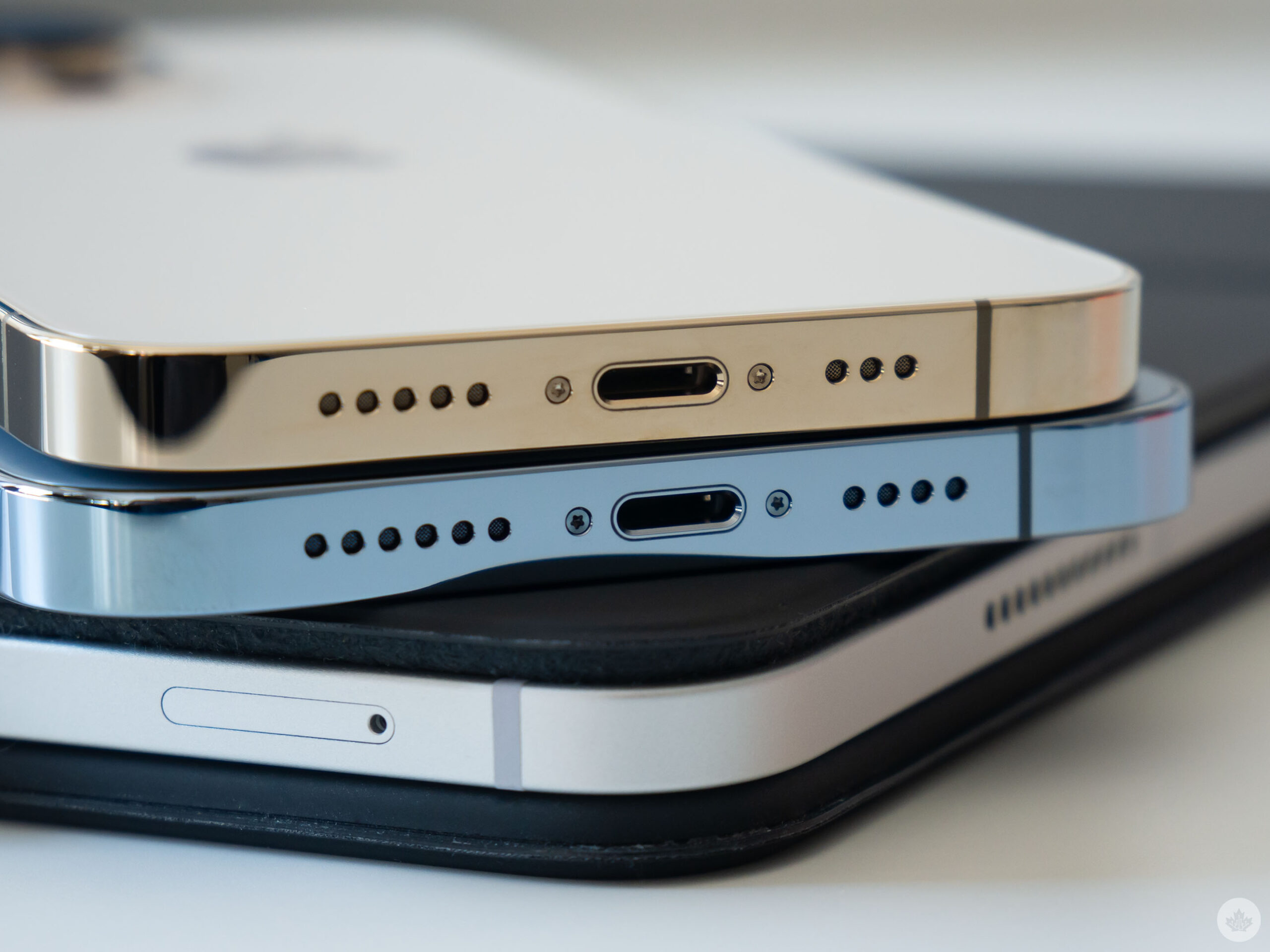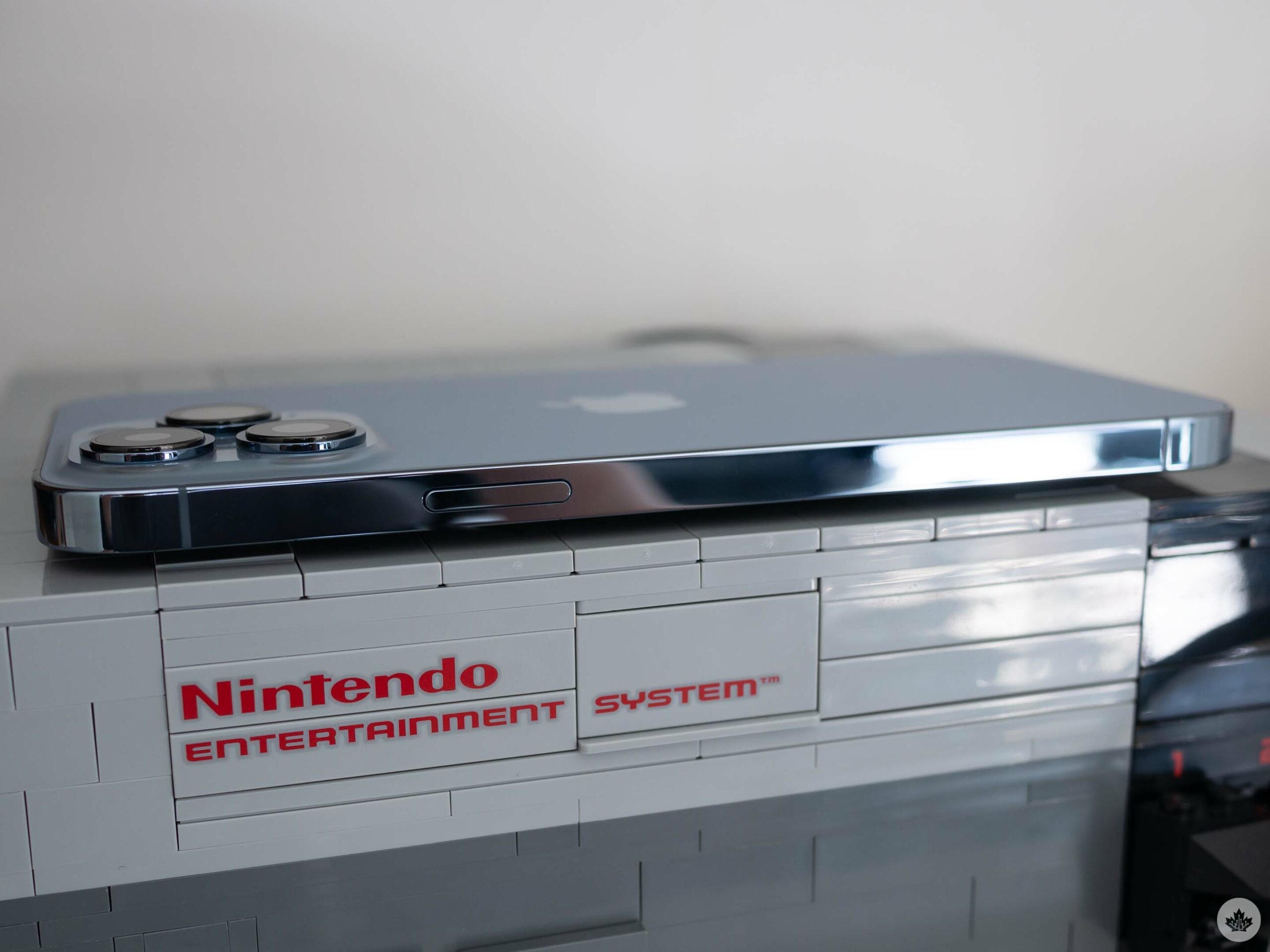
The Pros
- Cinematic video is impressive
- Battery life improvements are welcome
- 120Hz screen looks great
The Cons
- Very similar to the iPhone 12 Pro/iPhone 12 Pro Max
- Camera improvements aren't that significant
- Only 3x zoom
Apple’s iPhone 13 Pro and iPhone 13 Pro Max are the definition of an incremental update, making this year’s Pro iPhones ‘S’ devices in everything but their actual name. In fact, at first glance, the iPhone 13 Pro series looks nearly identical to last year’s devices.
“Last year was a rather significant aesthetic shift for Apple’s iPhone line, and it seems the tech giant is sticking with this look for the foreseeable future.”
The smartphones feature the same squared-off sides as their predecessor, a bigger camera bump with a few changes under the hood, the expected processor boost we see every year and, finally, a 120Hz refresh rate OLED display.
With this in mind, if you’re an iPhone 12 owner, you aren’t missing out on much this year. However, if you’re using an iPhone 11 or earlier, the iPhone 13 Pro and iPhone 13 Pro Max are a worthy upgrade and an impressive smartphone package.
Note: Sample images are compressed when uploaded to the MobileSyrup backend. For my thoughts on the iPhone 13 mini and iPhone 13, follow this link.

Specs
iPhone 13 Pro
iPhone 13 Pro Max
Display
6.1-inch, Super Retina XDR, OLED True Tone display, 2532 x 1170 pixels, HDR 10, Dolby Vision, 120Hz refresh rate
6.7-inch, Super Retina XDR, OLED True Tone display, 2778 x 1284 pixels, HDR 10, Dolby Vision, 120Hz refresh rate
Processor
A15 Bionic chip
A15 Bionic chip
RAM
N/A
N/A
Storage
128GB, 256GB, 512GB, 1TB
128GB, 256GB, 512GB, 1TB
Dimensions (in.)
146.7 x 71.5 x 7.65mm
160.8 x 78.1 x 7.65mm
Weight
203g
238g
Rear Facing Camera
12-megapixel (f/1.5, OIS, wide angle) + 12-megapixel (f/2.8, OIS, telephoto 3x optical ) + 12-megapixel (f/1.6, OIS, ultra-wide angle)
12-megapixel (f/1.5, OIS, wide angle) + 12-megapixel (f/2.8, OIS, telephoto 3x optical ) + 12-megapixel (f/1.8, OIS, ultra-wide angle)
Front Facing Camera
12-megapixel (f/2.2)
12-megapixel (f/2.2)
OS
iOS 15
iOS 15
Battery
Up to 22 hours video playback
Up to 28 hours video playback
Network Connectivity
LTE/ 5G
LTE/ 5G
Sensors
Face ID, Three axis gyro, Accelerometer, Ambient light sensor, Barometer
Face ID, Three axis gyro, Accelerometer, Ambient light sensor, Barometer
SIM Type
Nano SIM, eSIM
Nano SIM, eSIM
Launch Date
September 24, 2021
September 24, 2021
Misc
Colours: Sierra Blue, Gold, Silver and Graphite
Colours: Blue, Gold, Silver and Graphite
Display
iPhone 13 Pro
6.1-inch, Super Retina XDR, OLED True Tone display, 2532 x 1170 pixels, HDR 10, Dolby Vision, 120Hz refresh rate
iPhone 13 Pro Max
6.7-inch, Super Retina XDR, OLED True Tone display, 2778 x 1284 pixels, HDR 10, Dolby Vision, 120Hz refresh rate
Processor
iPhone 13 Pro
A15 Bionic chip
iPhone 13 Pro Max
A15 Bionic chip
RAM
iPhone 13 Pro
N/A
iPhone 13 Pro Max
N/A
Storage
iPhone 13 Pro
128GB, 256GB, 512GB, 1TB
iPhone 13 Pro Max
128GB, 256GB, 512GB, 1TB
Dimensions (in.)
iPhone 13 Pro
146.7 x 71.5 x 7.65mm
iPhone 13 Pro Max
160.8 x 78.1 x 7.65mm
Weight
iPhone 13 Pro
203g
iPhone 13 Pro Max
238g
Rear Facing Camera
iPhone 13 Pro
12-megapixel (f/1.5, OIS, wide angle) + 12-megapixel (f/2.8, OIS, telephoto 3x optical ) + 12-megapixel (f/1.6, OIS, ultra-wide angle)
iPhone 13 Pro Max
12-megapixel (f/1.5, OIS, wide angle) + 12-megapixel (f/2.8, OIS, telephoto 3x optical ) + 12-megapixel (f/1.8, OIS, ultra-wide angle)
Front Facing Camera
iPhone 13 Pro
12-megapixel (f/2.2)
iPhone 13 Pro Max
12-megapixel (f/2.2)
OS
iPhone 13 Pro
iOS 15
iPhone 13 Pro Max
iOS 15
Battery
iPhone 13 Pro
Up to 22 hours video playback
iPhone 13 Pro Max
Up to 28 hours video playback
Network Connectivity
iPhone 13 Pro
LTE/ 5G
iPhone 13 Pro Max
LTE/ 5G
Sensors
iPhone 13 Pro
Face ID, Three axis gyro, Accelerometer, Ambient light sensor, Barometer
iPhone 13 Pro Max
Face ID, Three axis gyro, Accelerometer, Ambient light sensor, Barometer
SIM Type
iPhone 13 Pro
Nano SIM, eSIM
iPhone 13 Pro Max
Nano SIM, eSIM
Launch Date
iPhone 13 Pro
September 24, 2021
iPhone 13 Pro Max
September 24, 2021
Misc
iPhone 13 Pro
Colours: Sierra Blue, Gold, Silver and Graphite
iPhone 13 Pro Max
Colours: Blue, Gold, Silver and Graphite
That’s a big camera bump

The iPhone 13 Pro and 13 Pro Max’s camera bump is slightly larger than its predecessors. Since the release of the iPhone 11, Apple has steadily increased the size of its phones’ camera array and its accompanying lenses, but unless you have several generations of iPhones sitting beside each other, it’s difficult to notice.
This means that, unfortunately, current iPhone 12/12 Pro cases won’t work with the iPhone 13/13 Pro despite both smartphones measuring in at 6.1-inches and 6.7-inches, respectively — the cameras and their accompanying bump are slightly too large. The lenses themselves also stick out somewhat farther from the smartphone when compared to last year’s ‘Pro,’ though this is only noticeable if you run your finger across them.
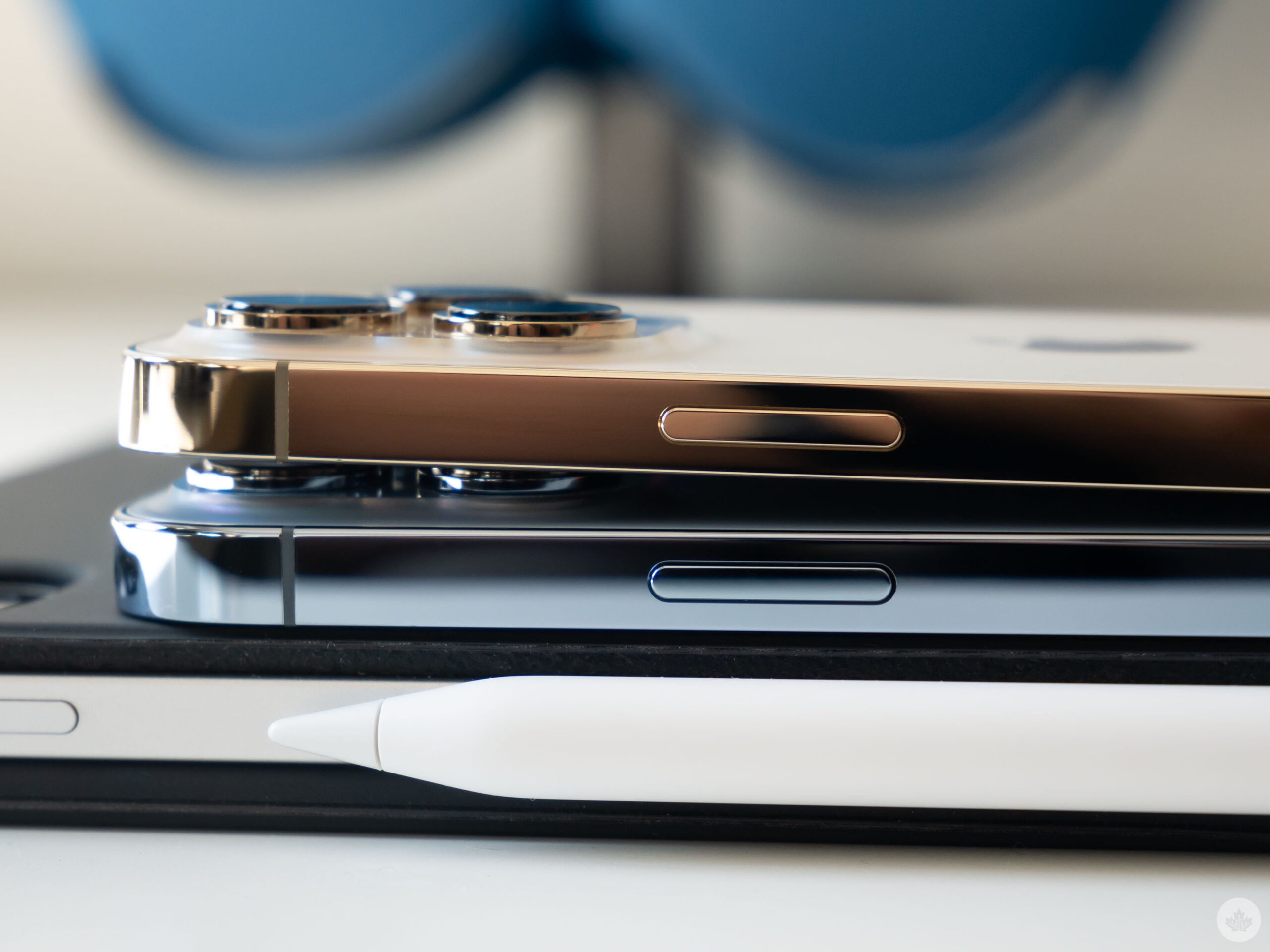
At this point, you might be wondering if there’s actually anything different about this year’s iPhone design. I can confirm that other than the great-looking new ‘Sierra Blue’ colour and a slightly smaller display notch, no, there really isn’t. Other available colours include ‘Silver,’ ‘Gold,’ and ‘Graphite.’
The smartphone’s front still features ‘Ceramic Shield glass,’ the back is protected by what Apple calls “super-tough back glass,” and both devices are IP68 water-resistant. The stainless steel band that runs around the edges of the Pro iPhones has returned as well, adding a bit of flash to its otherwise understated design. I still prefer the brushed aluminum look of the iPhone 12 and iPhone 13’s sides, because it smudges less and generally looks cleaner. The back of the phone is also once again matte, keeping it free of fingerprints.

Last year was a rather significant aesthetic shift for Apple’s iPhone line, and it seems the tech giant is sticking with this look for the foreseeable future.
Playing catch-up with a 120Hz display

The main draw this year — despite Apple’s claims that the iPhone 13 Pro/13 Pro Max feature its most significant camera upgrade ever — is the new 120Hz screen that’s available across the 6.1-inch 13 Pro’s 2,532 x 1,170-pixel resolution (460 ppi) and 6.7-inch 13 Pro Max’s 2,778 x 1,284-pixel resolution (458ppi) displays.
While faster refresh rate devices have been around since 2017, Samsung’s S-series brought the technology to the forefront, and it’s now common to see at least a 90Hz screen in most high-end Android devices.
Samsung popularized the concept of a faster refresh rate smartphones with its S series smartphones, and it’s now common to see at least a 90Hz screen in most high-end Android devices. You could also make the argument that Apple helped push 120Hz technology forward with the introduction of ProMotion alongside the iPad Pro a few years ago.
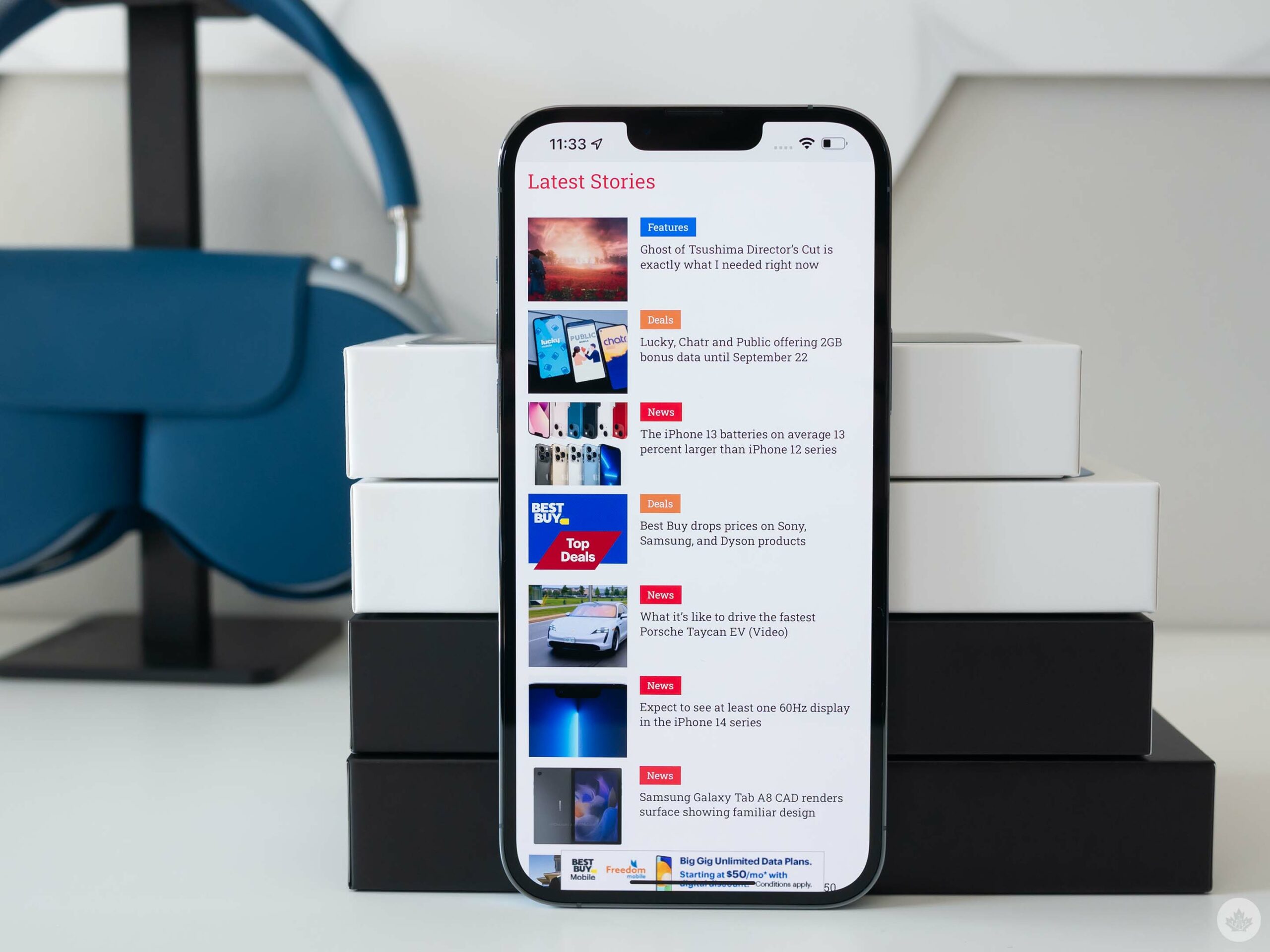
Similar to Samsung’s S21 series, the ProMotion display featured in the iPhone 13 Pro and iPhone 13 Pro Max shifts from 10Hz to 120Hz depending on what you’re doing with the smartphone. This results in the screen looking great when playing games like Alto’s Odyssey: The Lost City or Genshin Impact, but ensures it won’t eat up valuable battery life when you’re doing something more static like texting.
While I noticed the difference between a standard refresh rate and 120Hz, it’s likely that not everyone will. For example, over the past weekend, I showed several family members both the iPhone 13 (which doesn’t feature a 120Hz screen) and the iPhone 13 Pro, and most didn’t spot a difference between the two displays until I pointed it out to them.
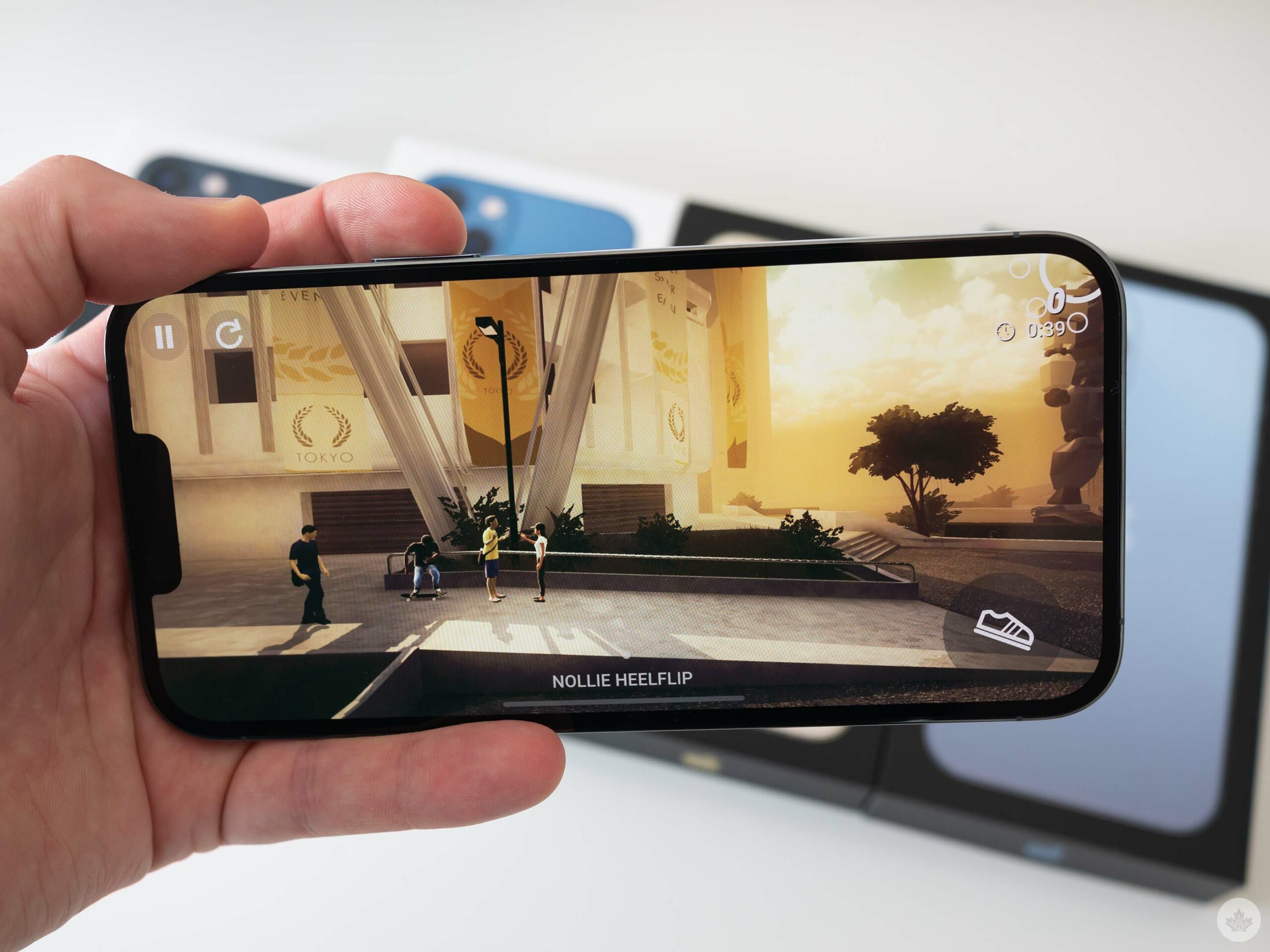
Along with adding a 120Hz refresh rate, the iPhone 13 Pro/13 Pro Max’s displays now support 1,000 nits of brightness (1,200 nits for HDR photos and videos), an increase of 25 percent from the iPhone 12 Pro and iPhone 12 Pro Max. I’ve found that this helps when reading the iPhone 13 Pro/Pro Max’s display outside in natural light but is far too bright when using the smartphone inside.
Overall, the iPhone 13 Pro and iPhone 13 Pro Max feature the best iPhone display yet. It easily matches the quality of Samsung’s Galaxy S21 series (which makes sense, given that Samsung is reportedly Apple’s display supplier).
Minor camera improvements
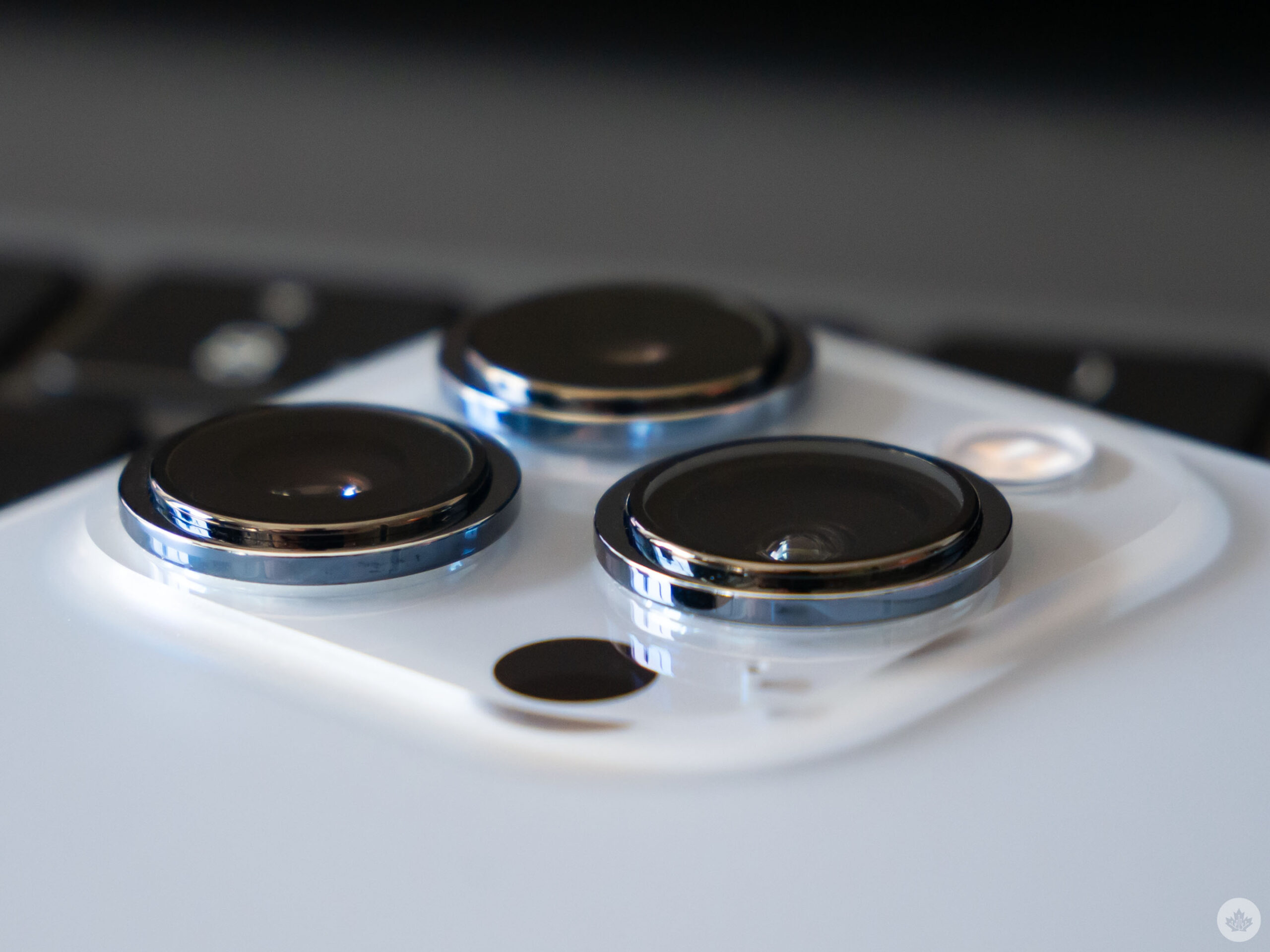
Despite Apple’s claims that the iPhone 13 Pro and 13 Pro Max feature a substantial jump in camera quality, that hasn’t been entirely the case in my experience.
The wide sensor is 12-megapixels f/1.5 with a 1.9µm pixel size, compared to last year’s 12-megapixels f/1.6 with a 1.4µm pixel size. On the other hand, the telephoto is 12-megapixels f/2.8 at 77mm with 3x optical zoom across both the iPhone 13 Pro and iPhone 13 Pro Max, compared to 12-megapixels f/2.2 65mm. And finally, the 120-degree ultra-wide in the 13 Pro comes in at 12-megapixels f/1.8 compared to last year’s 12-megapixels f/2.8, while the front-facing shooter is 12-megapixels f/2.2, just like the iPhone 12 Pro’s.
Across the board — with the telephoto lens being the only exception — Apple has increased the Pro series’ sensors size and widened its apertures. This has resulted in marginally better low-light performance, including more detailed images and higher contrast. For example, during my time with both the 13 Pro and the 13 Pro Max, I quickly noticed that Night mode turns on automatically far less frequently. As someone who has never been fond of Night mode on smartphones because it typically creates blown-out exaggerated images, I really appreciated this upgrade. Night mode is also compatible with the telephoto lens this year.
“When I say the iPhone 13 Pro’s images feature incremental camera improvements, I mean it.”
Though the aperture may be smaller on the telephoto side, the lens is longer, allowing for 3x optical zoom. This is a welcome addition to the iPhone 13 Pro series and I’m glad that it’s available across both devices, but still lags significantly behind the Galaxy S21 Ultra’s excellent 10x optical zoom. It would have been great to see Apple push at least the iPhone 13 Pro Max’s optical zoom into the 5x range.

Then there’s the ultra-wide camera’s new 2cm macro photography mode. I know macro photography isn’t popular, but I’ve always been fond of it, and Apple’s implementation here is impressive. Images are crisp and clear; at times, it’s difficult to believe they were shot with a smartphone and not a DSLR with a dedicated macro lens. The ultra-wide sometimes struggles with macro shots when there’s movement in the frame, however. For example, my attempts at taking pictures of a flower on a windy day proved difficult.
When I say the iPhone 13 Pro’s images feature incremental camera improvements, I mean it. Below I break down my thoughts regarding several image comparisons between the iPhone 13 Pro Max and the iPhone 12 Pro Max. Overall, the difference in quality isn’t something the average person would notice unless it’s directly pointed out to them.

Images shot in daylight look nearly identical across the iPhone 13 Pro Max and iPhone 12 Pro Max, in terms of wide camera performance.
You’ll notice there’s a little more contrast in the iPhone 13 Pro Max shots on the left, and when you zoom in, more detail is visible in the vines and in the kale field.
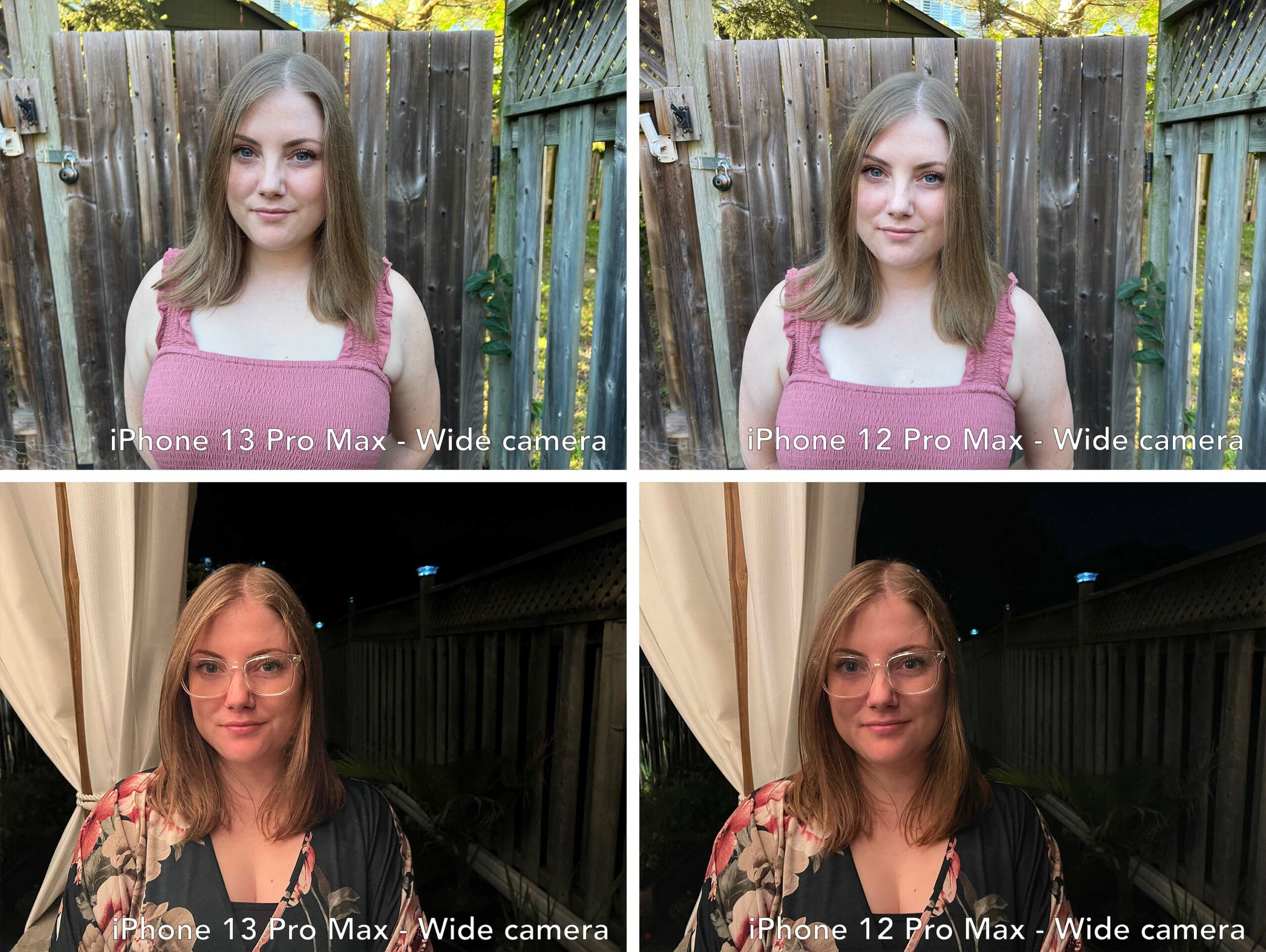 The above photographs of my partner are once again highly similar. In daylight, there’s slightly more detail in the subject’s face as well as better contrast. However, the iPhone 13 Pro Max seems to shoot a marginally brighter photo under low light.
The above photographs of my partner are once again highly similar. In daylight, there’s slightly more detail in the subject’s face as well as better contrast. However, the iPhone 13 Pro Max seems to shoot a marginally brighter photo under low light.
I prefer the 12 Pro Max image because it features greater contrast and is more true-to-life, but given the average person’s tendency to lean towards overall brighter photos, I can see why most would opt for the iPhone 13 Pro Max’s image.
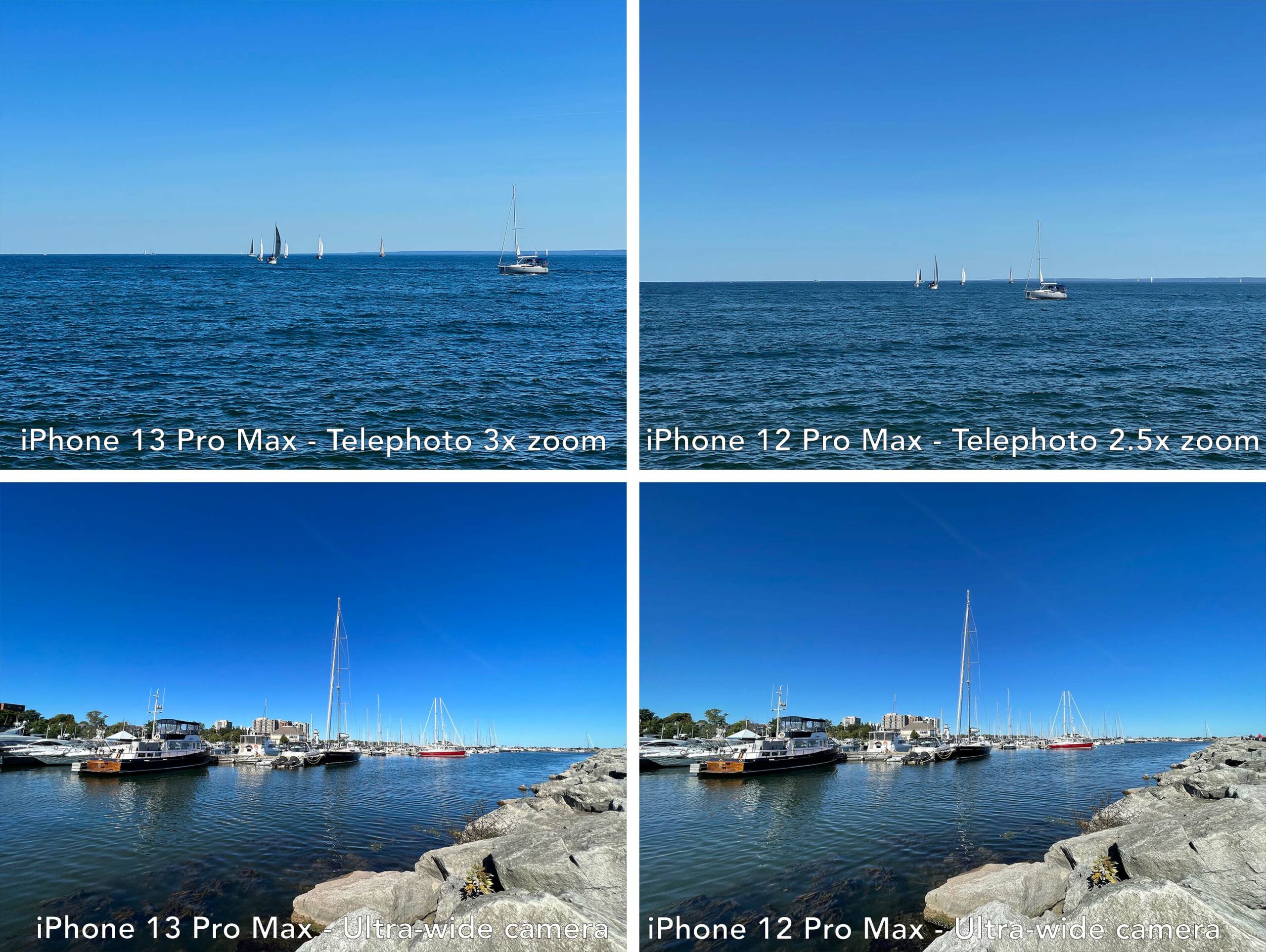
I don’t see any notable difference between the iPhone 13 Pro Max’s ultra-wide camera and the iPhone 12 Pro Max’s ultra-wide shooter. You could maybe argue that the 13 Pro Max shot features slightly more contrast if you look closely, but the difference is negligible. The 0.5x jump to 3x zoom is welcome on the zoom side of things, because it allows you to get slightly closer to subjects, but the difference isn’t substantial.
Last year, sensor shift image stabilization was only available in the iPhone 12 Pro Max. Now, the feature has made its way to the entire iPhone 13 lineup. I didn’t notice that much difference in camera performance, but it seems slightly easier to snap images when you’re trying to take a photo and can’t keep the smartphone steady.
Across the entire iPhone 13 lineup, there are also new ‘Photographic Styles.’ These allow you to add more contrast to all of your photos or adopt an overall warmer look. In a way, this feels like Apple’s answer to Samsung’s more over-the-top image style. I didn’t find the setting that useful and opted for the standard Apple photo style. Still, if you’d prefer photos shot with your iPhone to look more Samsung-esque, you now have the option.
My key takeaway from the last few days I’ve spent with the iPhone 13 Pro is that while Apple isn’t intentionally misleading when it says the iPhone 13 Pro snaps better pictures than the iPhone 12 Pro, the difference in quality isn’t comparable to the leap we saw from the iPhone 11 Pro to the iPhone 12 Pro. If you’re an iPhone 12 owner, you aren’t missing much beyond the new macro shots, unless video is more your speed.
On that note, there’s the new ‘Cinematic video‘ mode to consider. I was pretty skeptical of this feature when Apple revealed it during its ‘California streaming’ event, but it works shockingly well and looks great, albeit a little over-processed. Cinematic mode creates a depth-of-field effect that dramatically shifts the focus of a video — in some ways similar to Apple’s Portrait photography feature, but for video.
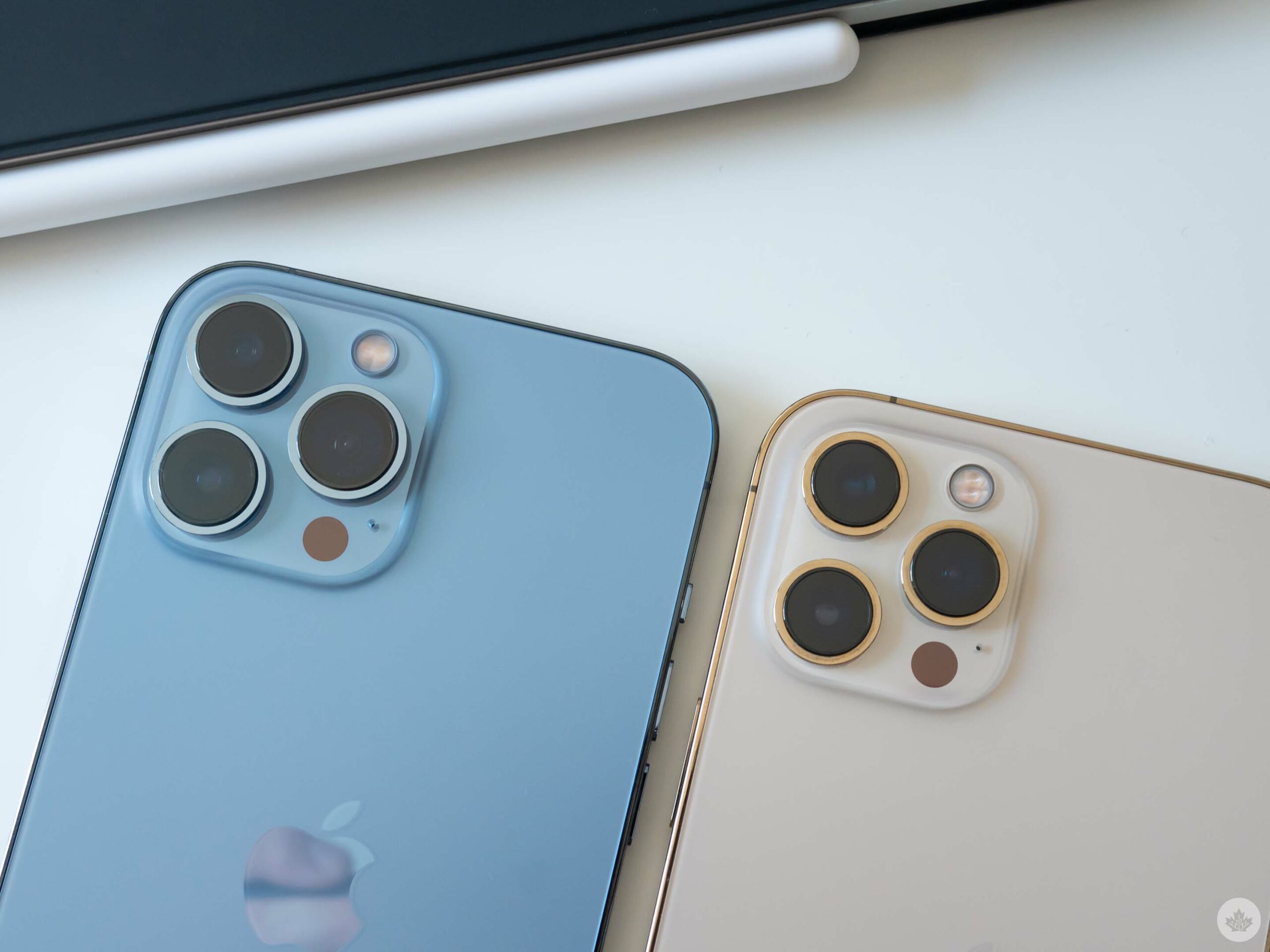
In the clip above, you can see how the focus switches between my partner and the rolling waves in an impressively rapid fashion. I tested this feature under low-light conditions, and it still worked surprisingly well.
You can also change the focus in videos after shooting, though this isn’t something I spent much time doing. Strangely, Cinematic mode is exclusive to the iPhone 13 series — including the iPhone 13 mini and iPhone 13 — because it requires “advanced computational algorithms,” according to Apple. Still, it’s likely that if it wanted to, Apple could get this feature to work on the iPhone 12 series, at the very least.
It’s worth noting Cinematic mode is locked to 1080p/30fps and only the Pro models can use the feature with a telephoto lens.
Everything else
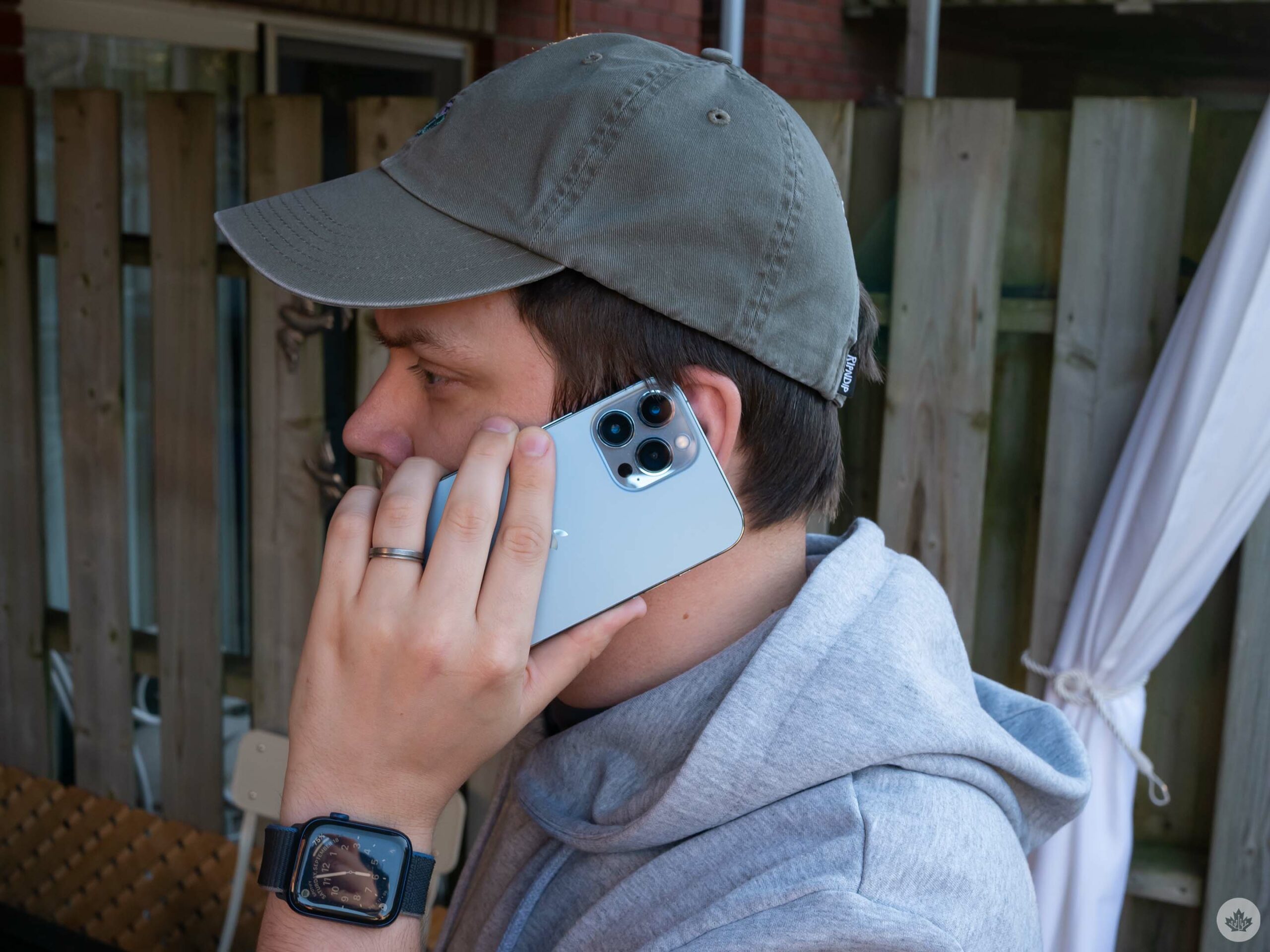
Other iPhone 13 Pro features include True Tone, Dolby Vision, HDR10 and HLG high dynamic range (HDR), a LiDAR sensor, 5G connectivity with support for additional bands, and new functionality added alongside iOS 15.
For example, a new ‘Focus mode’ filters notifications based on what you’re currently doing with the smartphone, and notifications themselves have also subtly changed with a new daily recap feature. While the ‘Summary’ is a step in the right direction for Apple’s notification system, it still doesn’t compare to the level of customization offered by Android devices.
Other iOS 15 features like SharePlay, which allows you to watch a movie or TV show in sync with your friends through supported apps, and ProRes video support, won’t arrive until late 2021.
One of the most significant changes under the hood is the addition of an A15 Bionic processor. At this point, Apple’s yearly iPhone refresh featuring a faster chip isn’t surprising, but yet again, it yields impressive results through Geekbench. For single-score, the iPhone 13 Pro Max’s A15 hit 1,737 vs 1,592 for the iPhone 12 Pro Max, while multi-core achieved 4,817 vs 4,117, respectively.
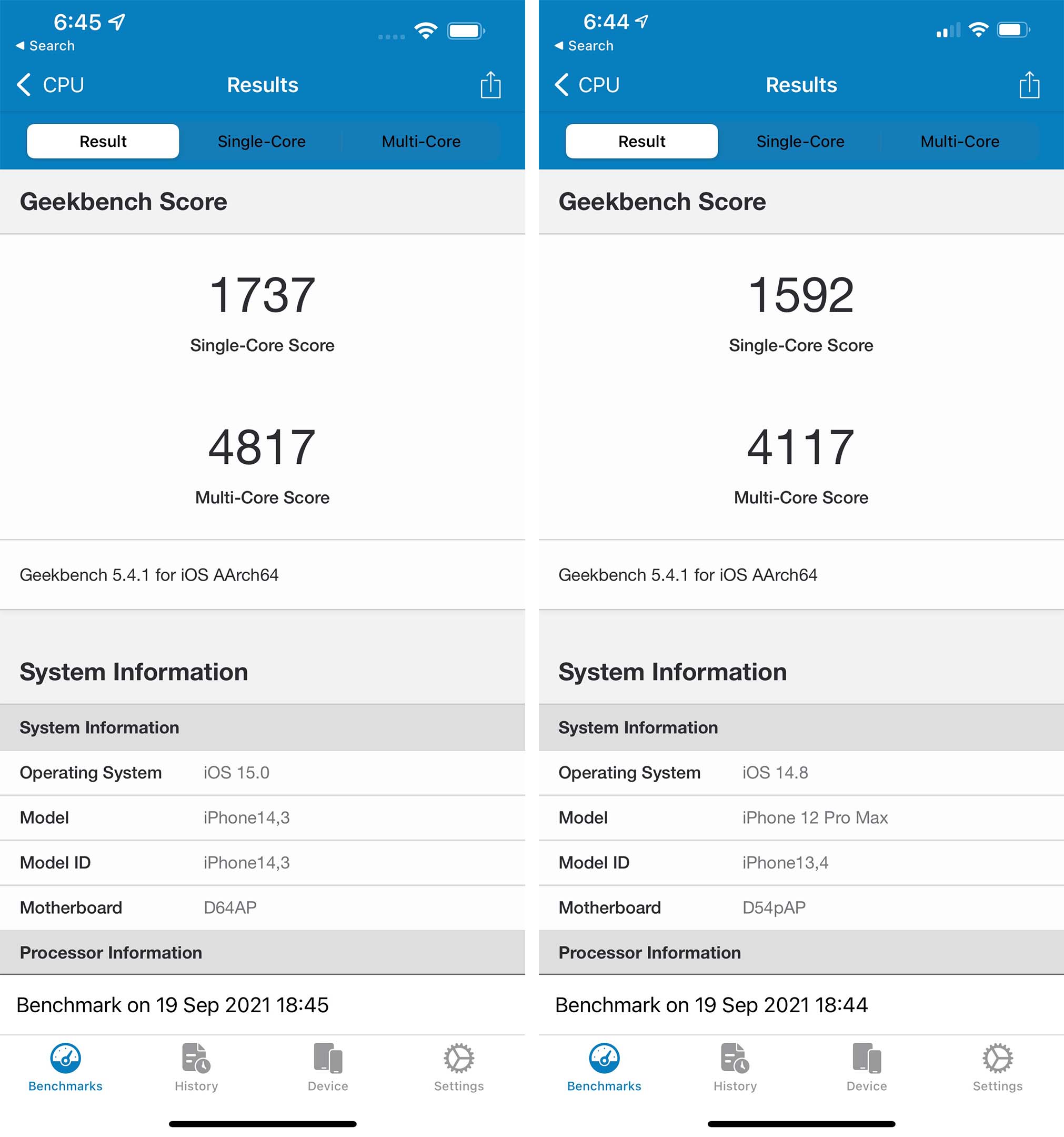
I’ve always felt that real-world performance is far more useful than a collection of numbers, and in my time using the iPhone 13 Pro and iPhone 13 Pro Max, I didn’t run into a single instance of slowdown. iOS 15’s initial release also feels more stable than iOS 14 was when it launched last year.
It’s worth noting that while the entire iPhone 13 series includes the 5-nanometer A15 chip, only the 13 Pro and 13 Max feature five GPU cores, while the iPhone 13 comes with four. As expected, Apple makes lofty claims about the power of the A15, stating that the iPhone 13 Pro features 50 percent more performance than rival chips, while the iPhone 13 includes 30 percent better performance.
In practice, both the iPhone 13 and the iPhone 13 Pro perform identically to each other. While there’s an extra GPU core inside the Pro series, I didn’t clock a noticeable difference in power, whether I was editing photos in Adobe’s Lightroom CC, playing mobile games, or just aimlessly scrolling through TikTok while attempting to avoid writing this review.
Finally, Apple claims that the iPhone 13 Pro and iPhone 13 Pro Max feature improved battery life across the board, with the latter phone receiving a 1.5-hour boost and the former 2.5 hours. Though I didn’t run a formal battery test, I found that both the iPhone 13 Pro and Pro Max lasted slightly longer than their predecessor with moderate use, pushing well into the late evening and into the early morning hours of the following day in some cases.
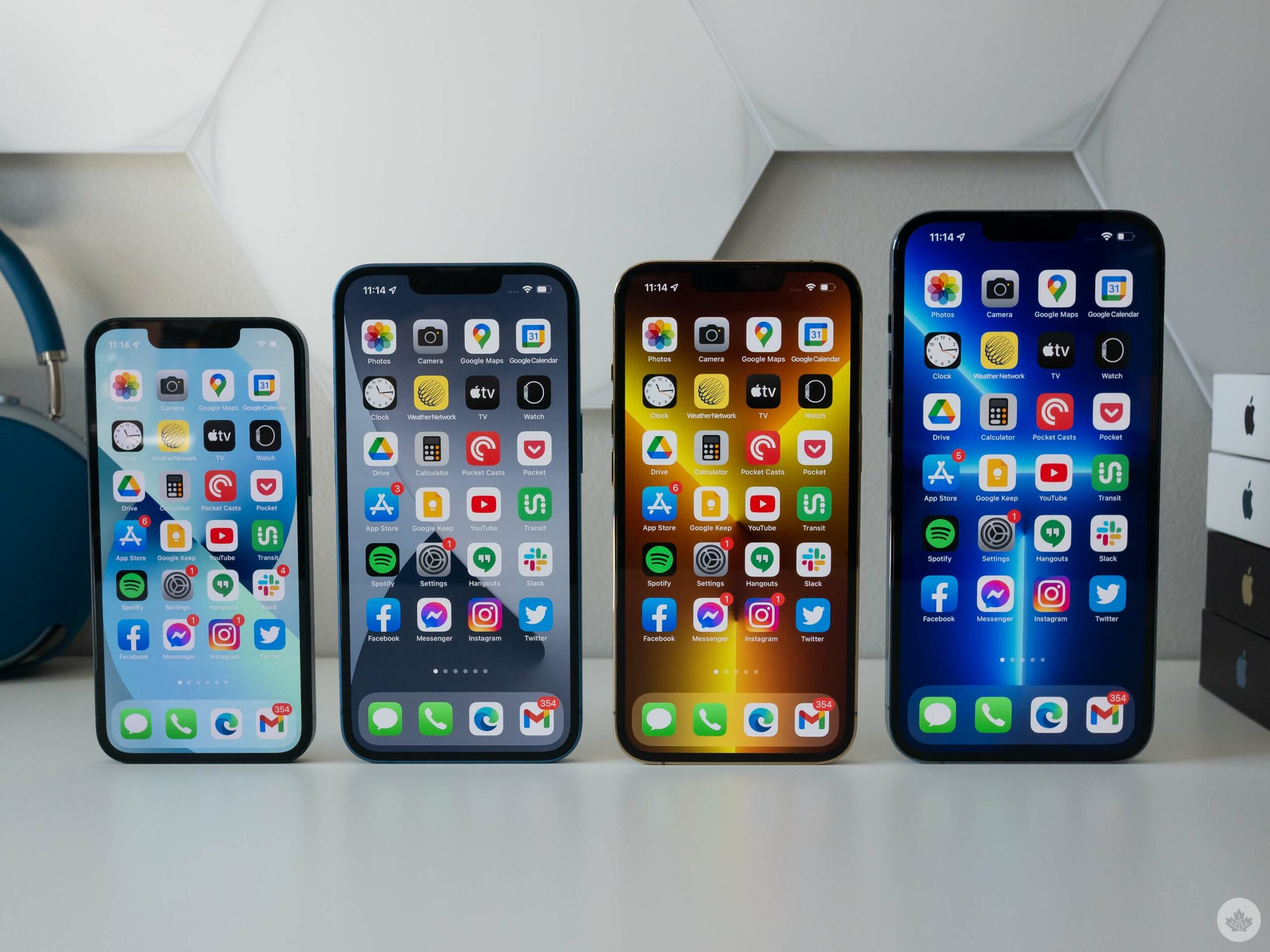
Do you "need" to upgrade?
I've always said that if you're an iPhone user and you take care of your smartphone, you can likely get at least three or even four years out of your device.
Last year, the jump from the iPhone 11 Pro to the iPhone 12 Pro was far more substantial than I expected. It included a near-complete camera redesign and an entirely new look, two additions that are notorious for actually convincing people to upgrade. This year, however, things are a bit different.
If you place the iPhone 12 Pro beside the iPhone 13 Pro, there isn't much of a visual difference between the two smartphones beyond the smaller notch. The devices look nearly identical to last year's iPhones, and it's really only under the hood where anything has changed.
Camera performance has been improved in the iPhone 13 Pro/iPhone 13 Pro Max (but only marginally so), there's a new, powerful A15 chip, and Cinematic mode is indeed very cool. There's a lot to like about this year's iPhone 13 series, and it's a worthwhile upgrade if you're using an iPhone older than the 12. If you own an iPhone 12 device, though, you're likely better off waiting for the inevitable iPhone 14.
Apple's iPhone 13 Pro starts at $1,399 and the iPhone 13 Pro Max starts at $1,549. Both smartphones will be available on September 24th."The devices look nearly identical to last year's iPhones, and it's really only under the hood where anything has changed."
MobileSyrup may earn a commission from purchases made via our links, which helps fund the journalism we provide free on our website. These links do not influence our editorial content. Support us here.

















